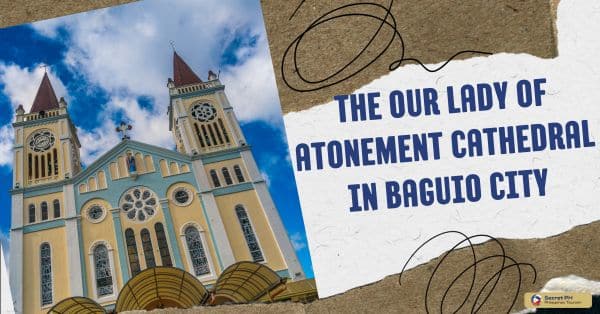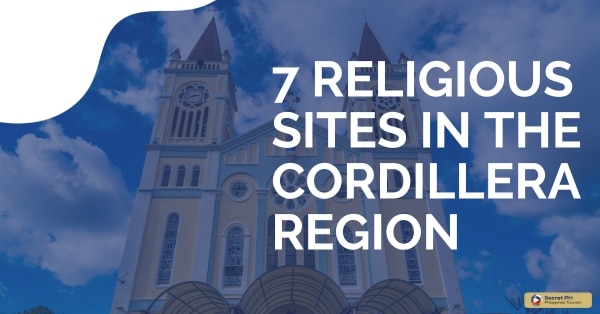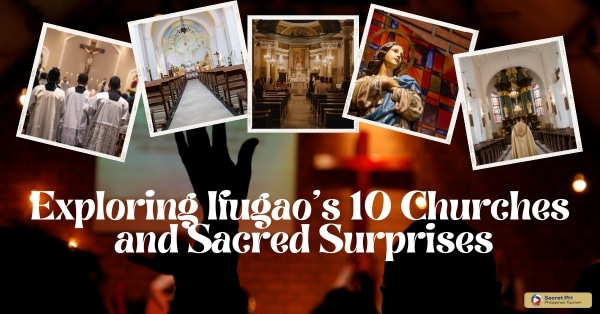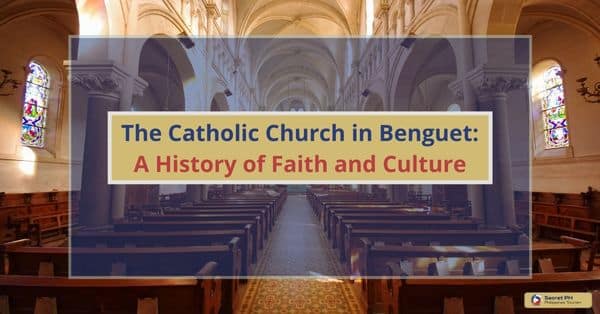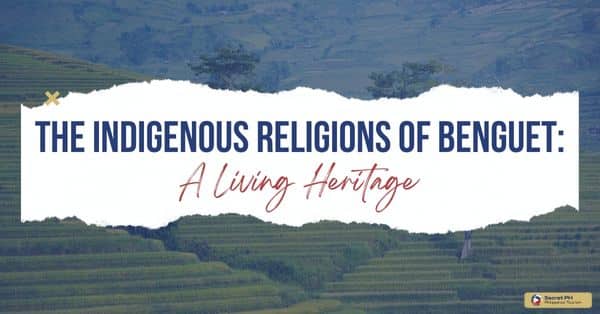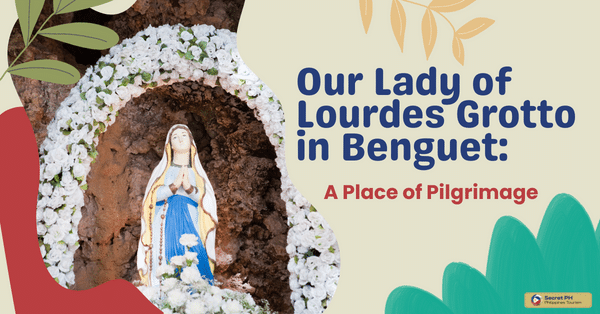Since time immemorial, the people of the Philippines have had a rich and varied religious heritage. Indigenous beliefs and rituals have shaped the cultural identity of the Filipino people for centuries.
Indigenous beliefs in the Philippines revolve around animism, ancestor veneration, and worship of nature spirits called Anitos. These practices have been influenced by Hinduism, Islam, and Christianity over time. Despite modernization and colonialism, some communities still uphold their traditional beliefs. Preservation and revitalization efforts are ongoing.
This article explores the various elements of indigenous Philippine religions, from the role of anitos in animistic faiths to the significance of ancestral worship and traditional rituals. By examining the history and practices of indigenous Philippine religions, we can gain a deeper understanding of Filipino culture today.
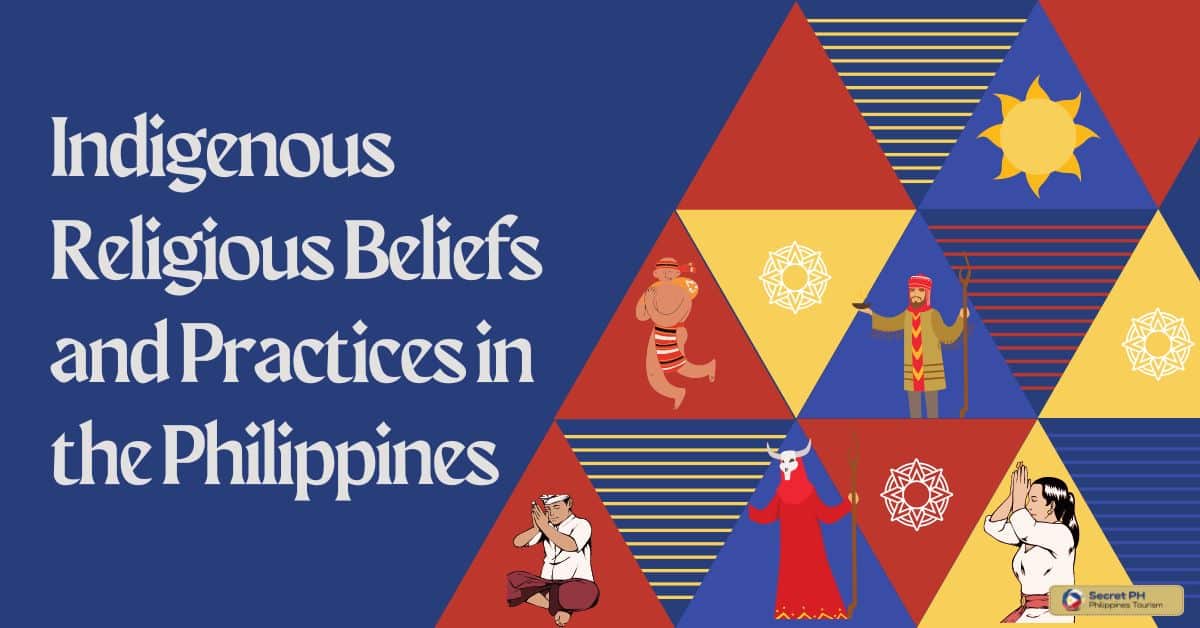
The Role of Anitos in Indigenous Philippine Religions
The anitos are believed to be powerful spirits that inhabit the natural world. These nature spirits often take the form of animals, such as birds, trees, rocks, or even human figures.
They are believed to possess superhuman powers and serve as intermediaries between humans and higher gods. Animistic faiths in the Philippines ascribe a range of activities to the anitos, such as protecting people from danger and bringing good luck.
The anitos are believed to be closely connected with nature and can either help or hinder humans depending on their behavior. People often turn to the anitos in times of need, offering prayers, sacrifices, and gifts in exchange for protection and blessings.
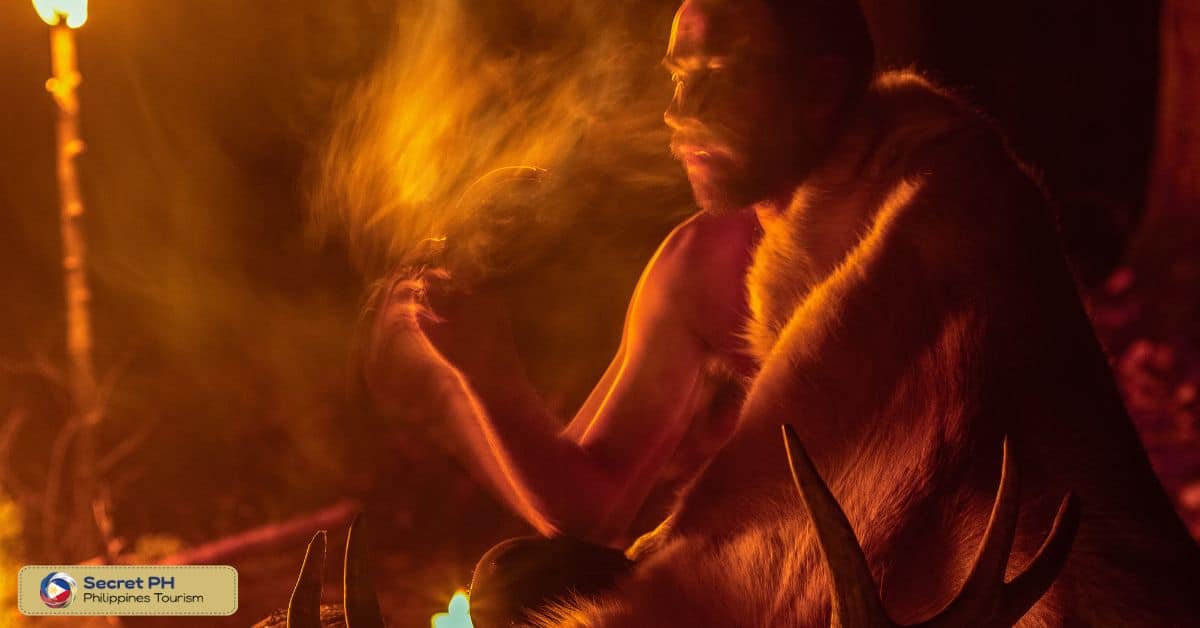
Indigenous Rituals and Ceremonies in the Philippines
Indigenous rituals and ceremonies are an integral part of Filipino culture. They have been practiced for centuries, passed down through generations, and adapted as needed to reflect changing times. Indigenous rituals are often deeply rooted in animism and ancestor veneration, making them a rich source of knowledge about the beliefs and practices of pre-colonial Filipinos.
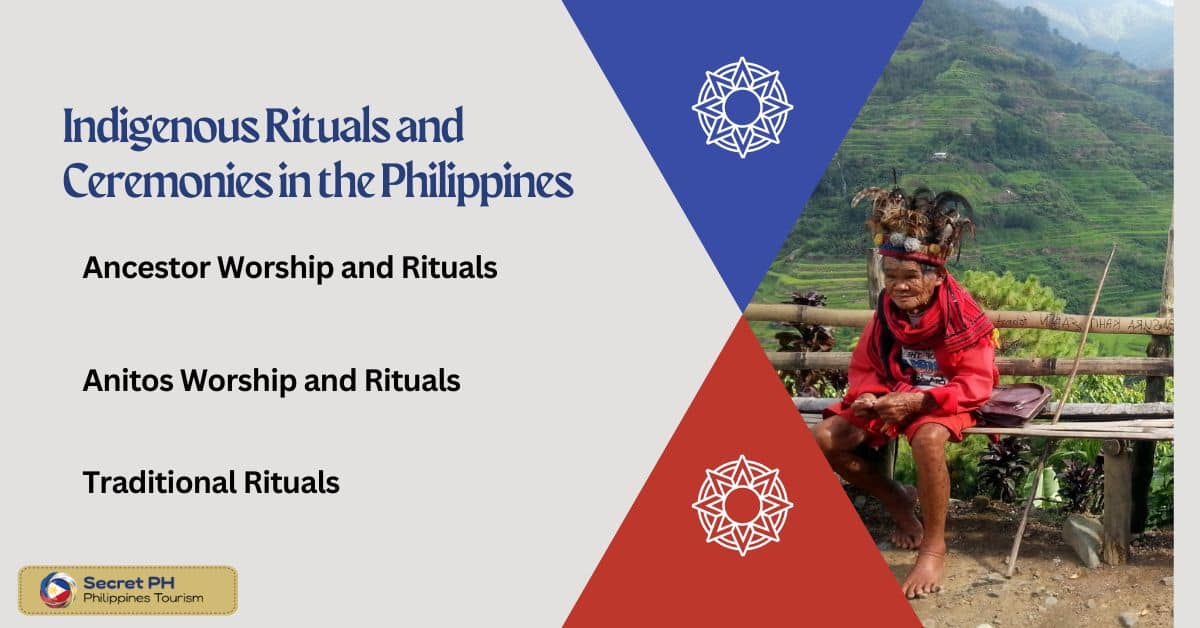
Ancestor Worship and Rituals
Ancestor worship is an important element of the indigenous Filipino religion. Ancestors are believed to be powerful intermediaries between the living and the dead, and people often turn to them for guidance in times of need.
People honor their ancestors through rituals and offerings such as prayer, food, or flowers. The practice of ancestor veneration is believed to bring blessings and protection to the family.
Anitos Worship and Rituals
In animistic faiths, Anitos are believed to be powerful spirits that inhabit the natural world. These nature spirits often take the form of animals, such as birds, trees, rocks, or even human figures.
They are believed to possess superhuman powers and serve as intermediaries between humans and higher gods. People often turn to the anitos in times of need, offering prayers, sacrifices, and gifts in exchange for protection and blessings.
Traditional Rituals
Traditional indigenous rituals are also prevalent in Philippine culture. These rituals usually involve offerings of food, incense, and candles. They may also include chanting, music, and dance. The purpose of these rituals is to honor the ancestors, pay homage to the Anitos, or mark important life events such as birthdays and weddings.
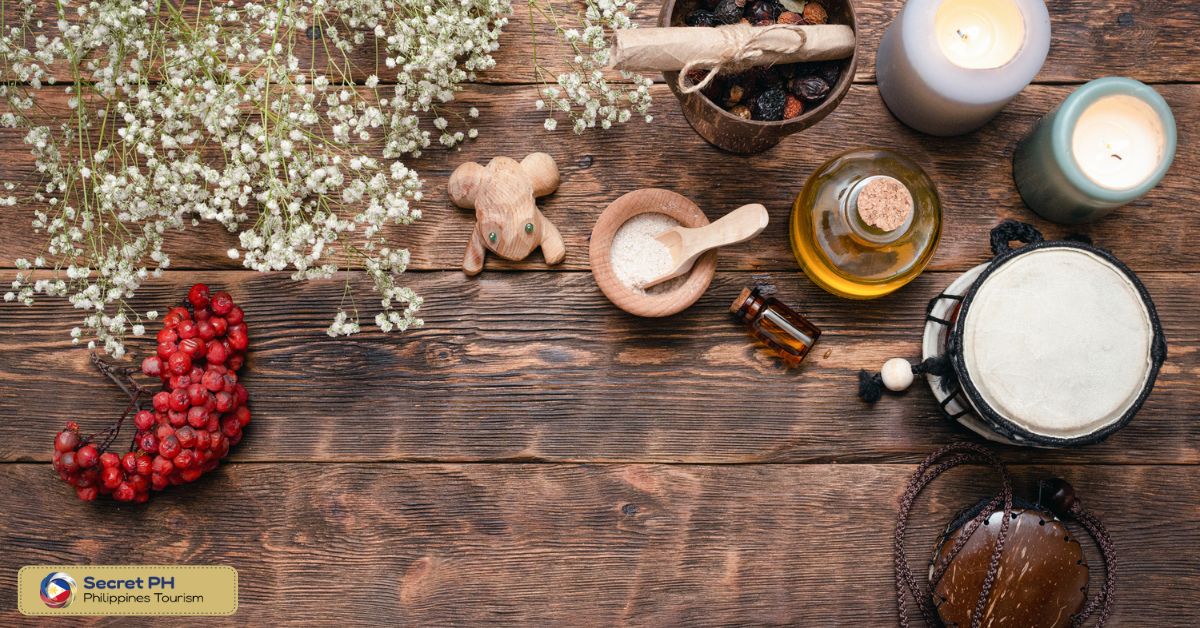
The Significance of Ancestral Worship
Ancestral worship is an important element of Filipino indigenous religions. Ancestors are believed to be powerful intermediaries between the living and the dead, and people often turn to them for guidance in times of need. People honor their ancestors through rituals and offerings that appeal to both the living and the dead.
The practice of ancestor veneration is believed to bring blessings and protection to the family. In some areas, it’s also believed that ancestor spirits can even offer advice on how to make important decisions or provide other forms of assistance in difficult times. By honoring their ancestors, people are able to keep them close and cultivate relationships between the living and the dead.
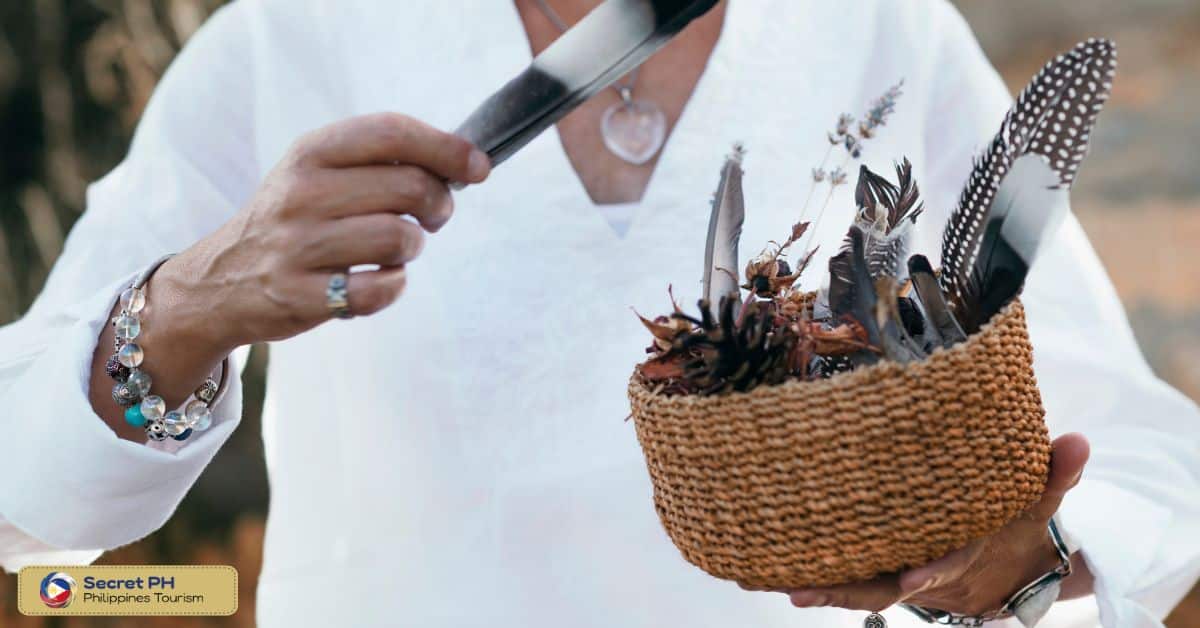
The Impact of Colonialism on Indigenous Philippine Religions
The Philippines has a long history of colonization, beginning with Spanish rule in the 16th century and followed by the American occupation in the 19th century. During this period of foreign domination, many aspects of Filipino culture were influenced by Western religions and values. This included indigenous Philippine religious beliefs and practices, which have been shaped by centuries of colonialism.
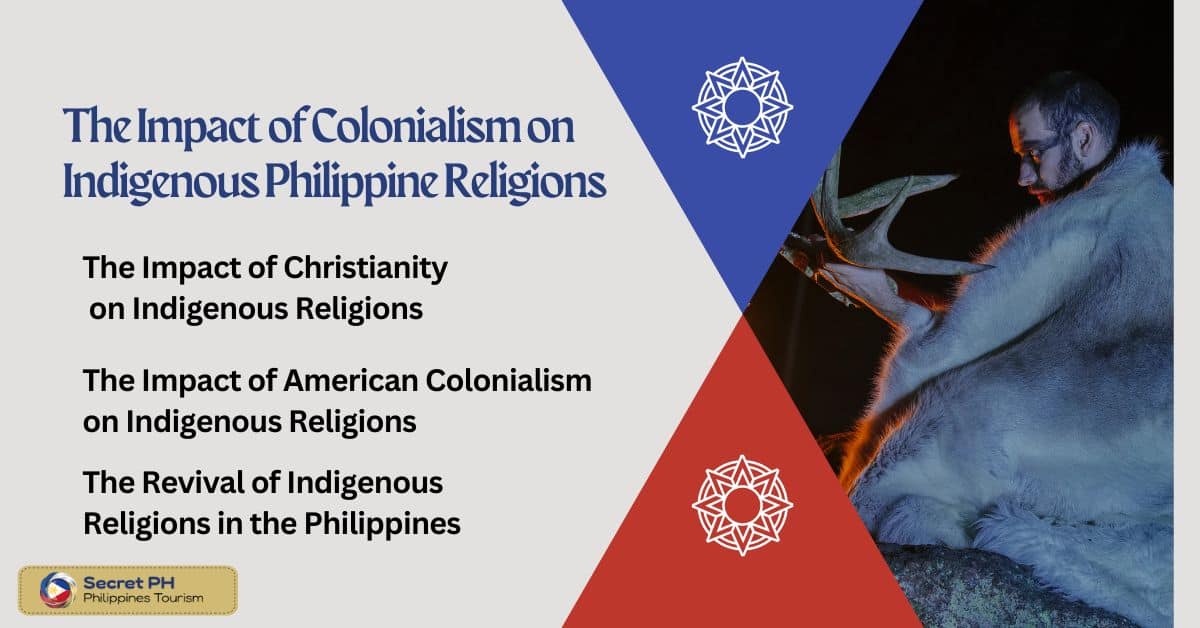
The Impact of Christianity on Indigenous Religions
The arrival of Spanish colonizers brought with it the influence of Christianity. The Catholic Church became a powerful presence in Filipino society, replacing indigenous religious practices and beliefs with Christian ones.
This included the introduction of new holidays such as Christmas, Easter, and All Saints’ Day which replaced traditional celebrations that had previously been held. The Church also discouraged the practice of ancestral worship and animism, which were seen as pagan beliefs.
The Impact of American Colonialism on Indigenous Religions
The American period of colonization saw a further decline in native religious practices. Christian missionaries worked hard to convert Filipinos to Protestantism, while American schools taught students about the superiority of Western values and beliefs. As a result, many Filipinos began to adopt more ‘modern’ religious practices such as Christianity, while traditional beliefs were seen as outdated and superstitious.
The Revival of Indigenous Religions in the Philippines
Despite centuries of colonial influence, efforts have been made in recent years to revive and preserve indigenous religions in the Philippines. This has included the establishment of organizations that seek to promote awareness and appreciation of native beliefs and practices, as well as efforts to reintroduce traditional rituals and ceremonies into modern Filipino culture.
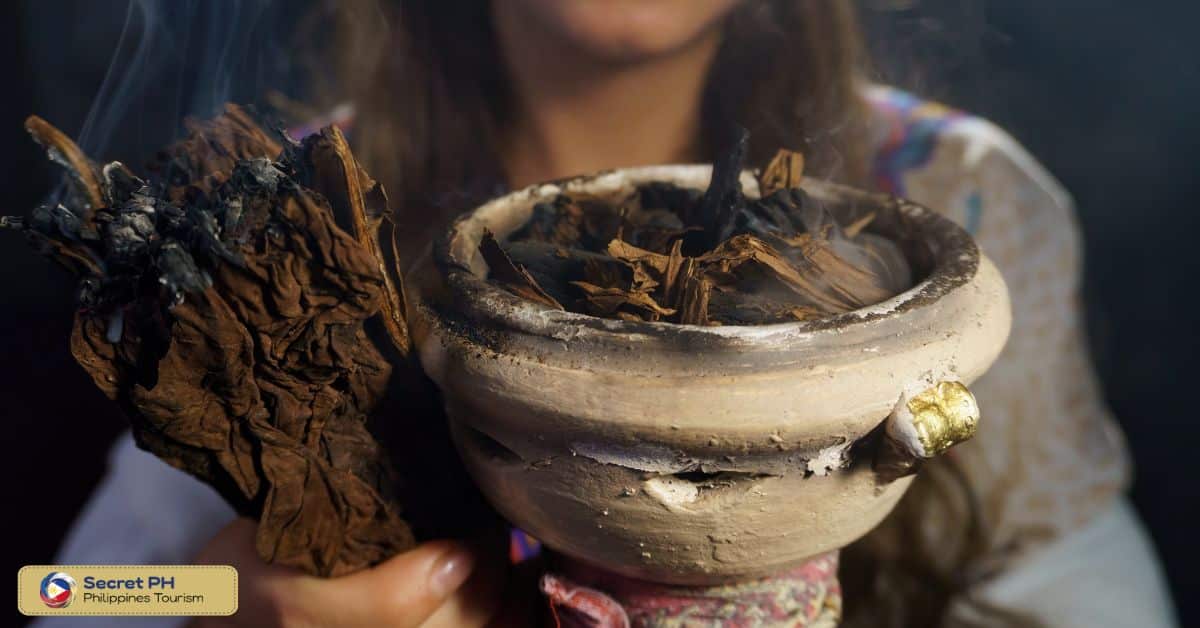
Contemporary Challenges and Opportunities for Indigenous Philippine Religions
Indigenous Philippine religions have faced numerous challenges throughout history, stemming from colonization and Christian missionary activities. However, contemporary challenges and opportunities pose unique circumstances for the preservation and revitalization of these religions.
| Challenge | Opportunity |
|---|---|
| Loss of cultural identity | Integration of indigenous practices into Mainstream Filipino society |
| Land grabbing and resource extraction | Advocacy and awareness campaigns for indigenous land rights |
| Displacement due to development projects | Mobilization of indigenous communities for cultural and environmental protection |
| Stigmatization and discrimination | Recognition of indigenous religious practices by the national government |
| Lack of access to education | Creation of community-based learning systems |
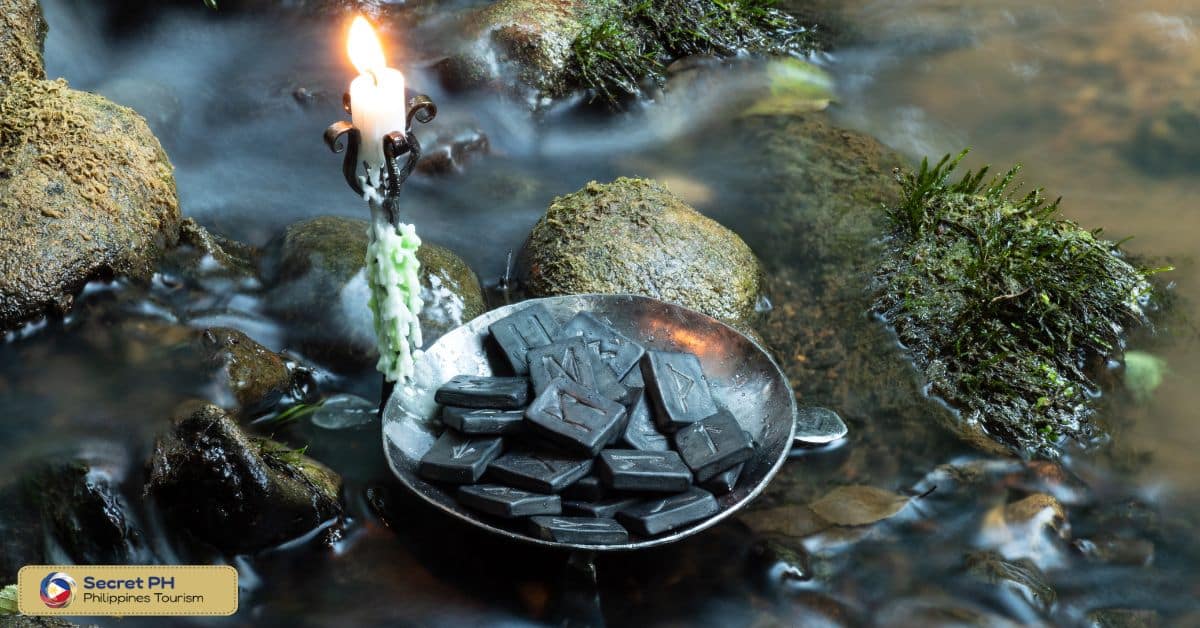
In conclusion
Indigenous Philippine religions have a long and complex history that has been shaped by centuries of colonialism. Despite this, there is growing interest in preserving and revitalizing these cultural traditions. As witnessed by the rise of organizations dedicated to doing just that.
As such, although the challenges faced by indigenous religions in the Philippines are real, there are also many opportunities to ensure that these spiritual traditions remain an important part of Filipino culture in the future. With continued efforts to promote awareness and appreciation of these practices, it is possible that indigenous Philippine religions will be able to thrive in the years to come.

